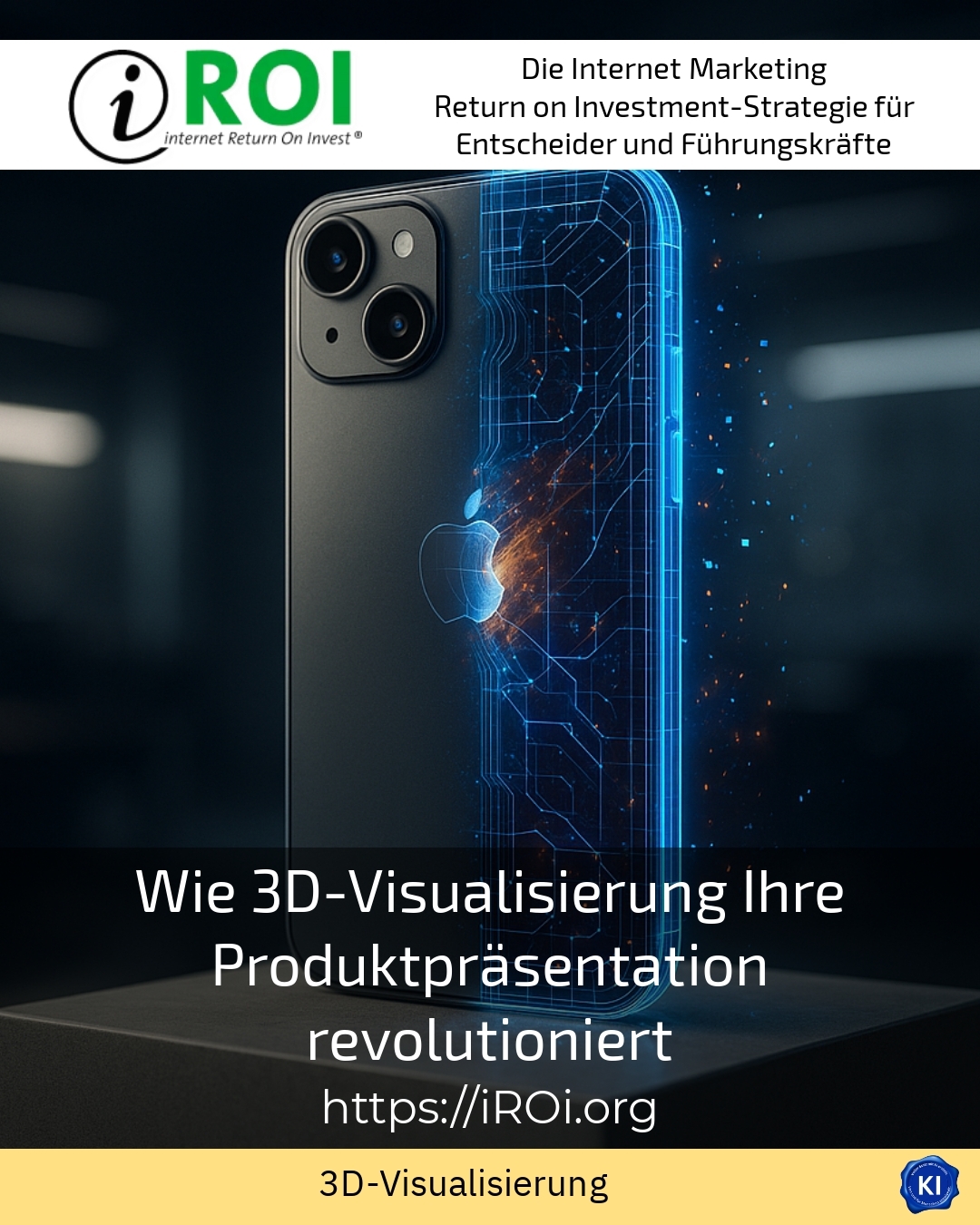3D visualisation has proven to be an innovative tool that supports and revolutionises product presentation in many ways. Digital visualisation allows products to be presented not only realistically, but also interactively and flexibly. As a result, companies from a wide range of industries benefit from more efficient processes and more intensive customer loyalty.
Flexibility and diversity of variants thanks to 3D visualisation
One of the greatest strengths of 3D visualisation is the ability to create product variants quickly and easily. For example, furniture manufacturers can use 3D models to show different designs, colours or materials without having to produce physical samples. In the field of technical devices, various equipment and material options can be digitally visualised, which makes presentation considerably easier. In the automotive industry, 3D visualisations also enable dynamic configuration of vehicles. This allows customers to virtually design and experience their dream vehicle before placing an order.
BEST PRACTICE with one customer (name hidden due to NDA contract) This customer used 3D visualisation to digitally create numerous product variants and coordinate them with the end customers. This reduced development costs and allowed customer feedback to be integrated at an early stage, which significantly increased satisfaction.
Cost and time savings with digital product presentation
3D visualisations make a significant contribution to reducing time and costs in the product development process. Elaborate physical prototypes or photo shoots are no longer necessary. Instead, digital models can be efficiently adapted and optimised. This often shortens the time to market. For example, a manufacturer of technical devices can save on the construction of expensive samples and demonstrate changes to customers directly on the 3D model. In the fashion industry, too, virtual collections support the planning of new product lines without physical samples thanks to 3D visualisation.
BEST PRACTICE with one customer (name hidden due to NDA contract) In a project for modular furniture, 3D visualisation enabled adjustments to be made within a very short time without incurring additional production costs. This made it possible to expand the range with minimal effort and respond more quickly to customer requests.
Interactive experiences strengthen customer loyalty
3D visualisation makes it possible not only to show products realistically, but also to design them interactively. Customers can rotate models, adopt different perspectives or customise parts. This immersive experience is particularly useful for products that require a lot of explanation, for example in the medical technology or mechanical engineering sector. Customers understand functions and benefits better, which creates trust. At trade fairs, interactive 3D visualisations have been proven to increase attention and visitor numbers. For example, one manufacturer of conveyor systems reported that a 3D trade fair film attracted 30 per cent more visitors to its stand. The ability to customise product configurations also increases the willingness to buy in e-commerce.
BEST PRACTICE with one customer (name hidden due to NDA contract) A medical technology manufacturer doubled the conversion rate on its website with an interactive 3D presentation by clearly explaining and visualising complex functions.
Technical possibilities and application examples of 3D visualisation
In addition to the advantages in product development, the quality of the visualisation also plays a major role. Modern 3D visualisations often achieve photorealistic quality, with light, materials and details appearing deceptively real. Manufacturers of electronic products use this to present their high-tech devices with all their functional features without having to transport physical devices. One innovative example is the visualisation of machines with animated interior views that explain technical processes. In architecture, 3D environments are used to show furniture or outdoor facilities in their planned surroundings. This increases the understanding and imagination of potential customers.
BEST PRACTICE with one customer (name hidden due to NDA contract) For an outdoor rug, the company created realistic 3D environments with minimalist outdoor spaces. This allowed customers to experience the carpet in different contexts, which made the purchase decision easier.
Practical tips for the use of 3D visualisation
Companies should rely on 3D visualisation at an early stage, ideally as early as the concept phase. This allows ideas to be communicated efficiently and customers or investors to be better involved. It is advisable to use digital product configurators that enable interaction. For trade fairs and online presentations, animated 3D videos are a good way to attract attention. It is also important to ensure consistent quality and scalability of the 3D images so that they can be used in different ways - for example for print, web or social media. Working with experienced consultants such as iROI-Coaching can provide targeted support for 3D visualisation projects and ensure success.
My analysis
3D visualisation opens up new ways for companies to create flexible, cost-efficient and appealing product presentations. It helps to better reach customers through interactive and realistic visualisations and to communicate products convincingly at an early stage. In many industries, the use of this technology has been shown to increase customer satisfaction and shorten development times. Companies that utilise this opportunity can secure tangible competitive advantages - especially if they implement projects with professional support such as iROI coaching.
Further links from the text above:
How 3D visualisation revolutionises your product presentation [1]
30 great 3D product presentation & visualisation videos [2]
Why 3D visualisation is a must for product [3]
Product presentation in 3D: More attention at trade fairs [6]
How 3D visualisations are revolutionising product presentation [13]
For more information and if you have any questions, please contact Contact us or read more blog posts on the topic internet Return on Investment - Marketing here.
















